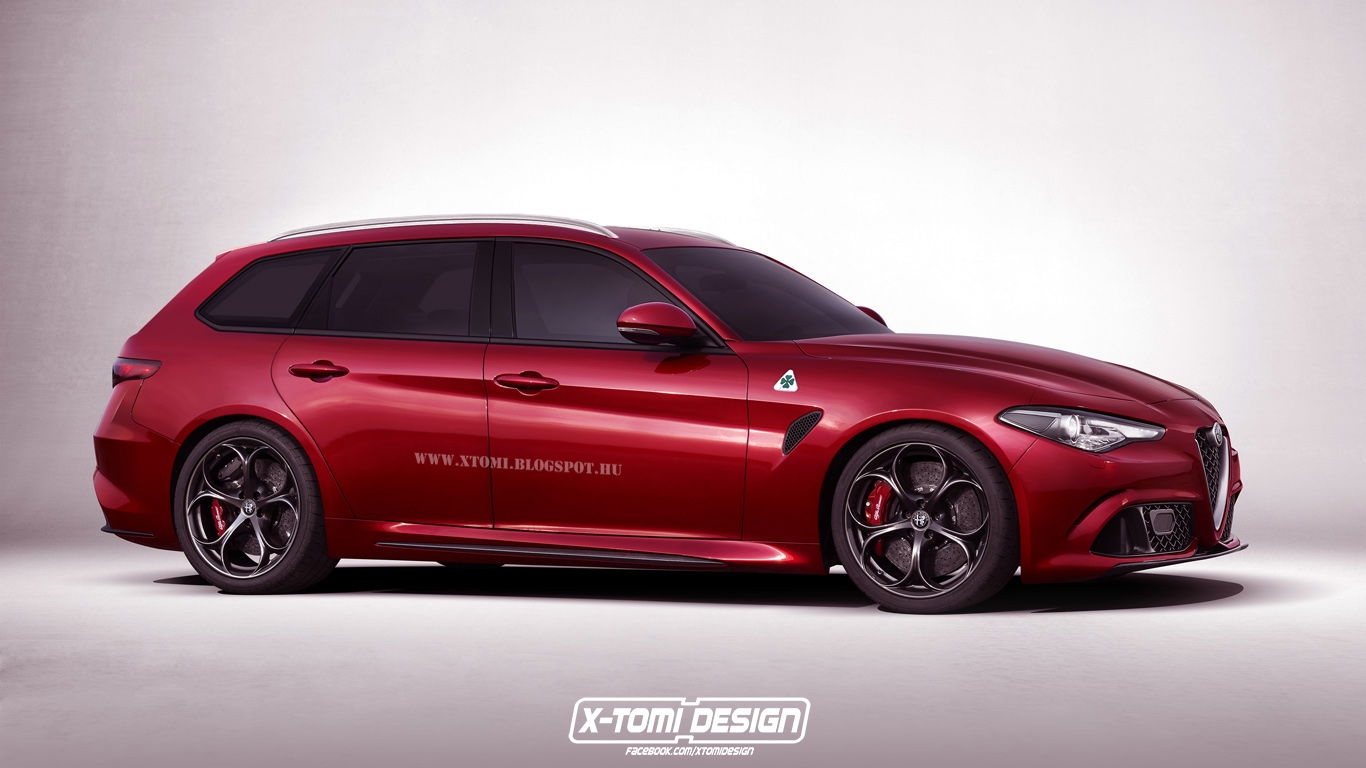The Advantages And Disadvantages Of The Inline Five-Cylinder Engine

Five cylinder engines have managed to sneak themselves under the bonnets of some of the all-time greats in the realm of performance cars. Well-known uses of this configuration include the Audi Ur Quattro, the second-generation Ford Focus RS and the Volvo 850R. Quite a roster.
Five-cylinder engines are still in production and feature most prominently in the Audi TT RS and RS3. Despite their rarity, it’s worth looking at the pros and cons of such engines to see why some manufacturers swear by them and why others would never touch them, sticking with a standard in-line four.

Five cylinders have a bespoke firing order that can even its power strokes throughout the crankshaft’s rotation. The four-stroke, five-cylinder setup leads to a firing interval of 144 degrees of crankshaft rotation. In comparison to a four-cylinder engine which fires every 180 degrees, there will be a 36 degree overlap, meaning another power stroke has occurred before the crankshaft rotates to the 180 degree mark. This results in a power delivery is smooth, instead of the relative jolting action of an inline-four.
The crankshaft journals are spaced out in a fashion to cater for the five cylinders. Relative to the first piston being at top dead centre, the second journal sits 144 degrees counter-clockwise around the crankshaft, the third journal at 216 degrees, the fourth at 288 degrees and the fifth at 72 degrees (or 432 degrees from the origin). With the respective firing interval, this makes for a firing order of 1-2-4-5-3 in most five-cylinder engines. This means the piston reciprocation hops from one side of the engine block to the other before finishing its full cycle with the central third piston.
As with three-cylinder engines, the behaviour of the reciprocation due to the journal spacing and firing order leads to a balance of the vertical forces within the engine. Unfortunately, there is a torque imbalance along the horizontal plane of the engine, meaning a five-cylinder is constantly trying to twist or flip over its length. This rocking motion will often need a balancing shaft to cancel out that twisting force which will improve overall refinement. That intrinsic inertial behaviour is then enhanced by the length of the engine compared to an I4, leading to an engineering complexity that many manufacturers decide to shy away from.
For those willing to engineer their way around these problems however, there are multiple reasons why a five-cylinder is a viable option as a powertrain. For starters, Being shorter in length than an in-line six, they can be mounted transversely much more easily. This opens a window for the implementation of a five-pot in smaller cars within a manufacturer’s range.
As discussed previously, the delivery of power is smoother than that of an inline-four which makes for the silky-smooth ascent in revs that the five-pot is renowned for. This is further enhanced by the vertical balance of the reciprocating pistons and when combined with the added potential displacement over a four-cylinder engine, there are plenty turn-ons that justify the choice of these powerplants by the likes of Audi.
Sounding like miniature V10s, five-cylinder engines seem to have naturally grown a respect within the automotive community. Possibly stemming from past motorsport success, cars featuring five-pots are still holding on, unlike their V10 cousins.
We’ll soon be testing the Audi RS3 saloon which features the same 395bhp five-cylinder 2.5-litre engine as the Audi TT RS, a car that CT is already rather fond of. With Audi cancelling a 400bhp+ version of its EA888 inline-four due to the fact the existing five-pot is a cheaper option, this engine should be around for a while longer.
Add in the fact that Mercedes is re-joining the in-line engine game this year with its new straight-six plus Jaguar set to follow, we could be on the cusp of a renaissance of the inline performance engine. Exciting times!


Comments
Both of my cars (both Volvos) have had 5-cylinders. And they make an amazing sound. And they are surprisingly smooth.
Still in love with mine!
One problem you haven’t touched on is the issues an uneven number of cylinders presents.
When the five cylinder was introduced at Audi they were struggling to adequately fuel it with the carburetor technology of the time.
Because of the asymetrical manifold the outer cylinders (1&5) wouldn’t get fueled as efficiently as the middle ones, which lead to them being starved and getting too hot. With a straight six you’d simply use two carburetors fueling three cylinders each, but with five that’s just impossible, and using one big and one small or five separate carbs is hopelessly complicated to tune.
Only when multi-point fuel injection was introduced did the five pot become a useful layout.
For the same reason you’ll never find a twin-turbo straight five. The exhaust manifolds powering them would also be unequal, leading to one turbo making more boost than the other due to being powered by more cylinders.
In case you came here expecting to listen for some 5 cylinder music here’s a video
A lot of fiats and lancias has straigt 5 cylinder engines. Rare ones have a 2.4 litre petrol engine with 5 cylinder (2.4 JTD is 5 cylinder too) and 170 Hp. I hope i will own one in the future. A guy in my town has a Marea with the 2.0 5 cylinder engine and it has awesome noise.
My S60 R is easily my favorite 5 cylinder. Love this car.
My Alfa Romeo 145 2.0 20v hybrid turbo
Volvo + inline 5 would be the horsemen of the Apocalypsis for a petrolhead :o
I can’t be bothered to even try to understand advantages/disadvantages, but one thing’s for sure - they do sound really good (y) my mate has a volvo s80 2.4 I5, and that thing gives me eargasm :D
By far some of the nicest sounding engines in the world, Inline 5s <3
Pagination